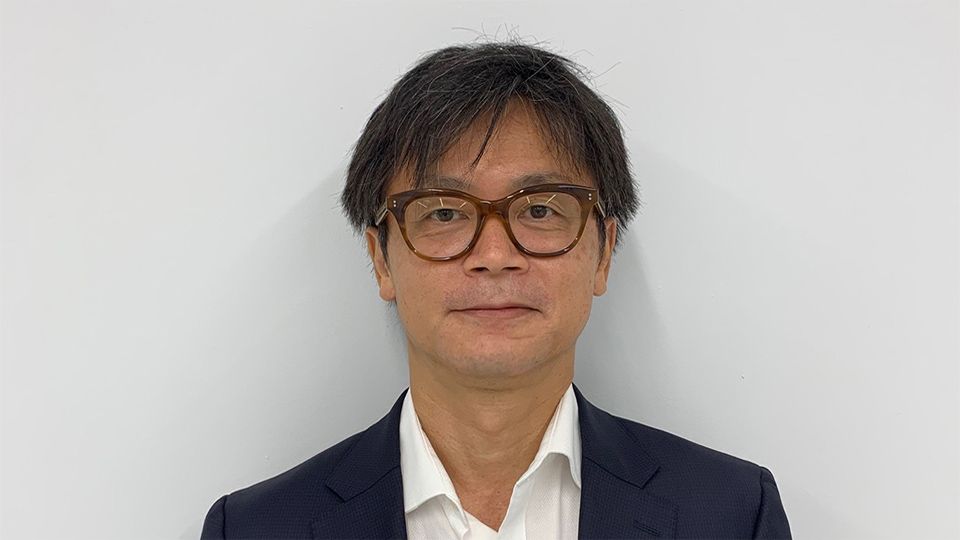In the recent G7 Meeting on Women’s Empowerment, every representative was a woman bar one: Japan. The awkward photo-op that followed the meeting basically sums up the common perception that Japan is behind its peers when it comes to gender equality.
In 2023, Japan was ranked 125th out of 148 in the Gender Gap Index, with an average gap of 22% compared to the OECD average of 12%. Furthermore, only 8% of Japanese boards consist of at least 30% women, compared to 100% in France, 88% in the UK and 58% in the US.
However, these statistics do not tell the full story as this is a challenge that Japan has started to deal with. Since 2010, the Gender Gap has decreased by 6%, which is nearly twice as fast as across the whole OECD, and the percentage of companies without female board members in the Tokyo Stock Exchange prime market fell to 18.7% in 2022, down from 84% in 2013.
Further advances are due in the coming years for various reasons, one of which is regulatory changes and new government targets that form part of Fumio Kishida’s ‘New Capitalism’. In June 2022, the Japanese government passed legislation that requires companies with more than 301 employees to disclose their wage gap, bringing them in line with regulation in the UK and elsewhere in Europe. Meanwhile, in June 2023 the Japanese government set a target for women to make up at least 30% of prime-market listed company boards by 2030. These changes are putting more pressure on Japanese companies to correct their shortcomings, helping to accelerate the transition.
One company already putting strong disclosure practices in place is Toppan. This traditional printing company is restructuring to adapt to the digital age, and sees improving its diversity and narrowing the gender pay gap as an essential component of this. The company has enhanced its work-life balance policies, such as parental leave, and set a target to increase the number of female managers. Furthermore, Toppan has been very transparent with its gender pay gap, releasing metrics with regional breakdowns and going further than the regulatory minimum to facilitate greater stakeholder scrutiny and management accountability. Through these actions Toppan hopes to enhance internal worker mobility as well as reskill and train future leaders, all of which will improve the talent of its workforce.
The increasing numbers of investors in Japan, both foreign and domestic, has also ramped up the pressure on Japanese companies to improve gender equality. For example, 30% Club Japan was established in 2019 to increase the proportion of women in key decision-making bodies of Japanese companies to change the organisational rigidity and efficiency. There are now 33 institutions in the 30% Club’s global investor group, and these shareholders have driven positive changes, as shown by Toray Industries appointing its first female director in 2023, and Canon has announced it will be doing the same in September.[7] Furthermore, a leading investor is escalating its action: since March 2022 Goldman Sachs Asset Management has opposed all company proposals to elect directors if at least 10% of their directors weren’t already women. This will only increase the pressure on Japanese companies to take more positive actions.
Finally, gender equality has been improving due to a more general societal shift. More women have entered the Japanese work force as a result of Shinzo Abe’s ‘womenomics’ policy reforms, with the participation rate for women’s labour increasing from 61% in 2005 to 75% by Q1 2023. This has helped to create a shift in perception in Japanese society, with research by Stanford University showing that Japanese citizens are supportive of more men taking parental leave and more women being in executive positions, while also being more opposed to traditional gender roles such as women staying at home.
Japan still has some way to go before becoming on par with other developed countries when it comes to gender equality. However, it is not true to say that the path has not begun; policy reforms have been initiated that will help to bridge the gap, while societal shifts and the influence of investors is creating additional pressure for companies to take action. The momentum has been generated – the next step is for more Japanese companies to follow suit.





